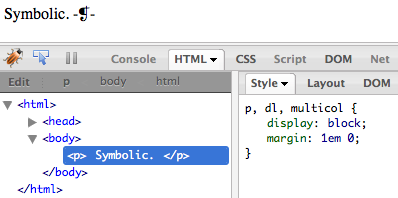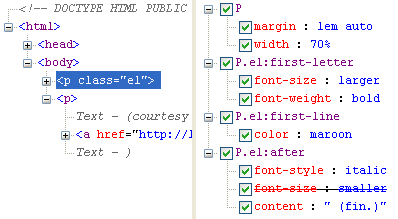Into the Fray
Published 15 years, 7 months pastI am now a Fray Contributor. Official, for real, badge and everything—check the sidebar on the home page. My completely and in many ways unbelievably true story of beginnings around an ending, “A Death of Coincidence”, appears in Issue 3: Sex & Death.
This is a huge deal for me. I still have a little trouble believing it.
For a long time—as in, for more than a decade—I’ve had “participate in Fray” as one of those little deferred dreams we all carry around in the background. I certainly could’ve submitted pieces all along, either for the original site or one of the live events, and might even have been accepted. The thing is, I wasn’t dreaming of simply getting a piece accepted and checking an internal to-do box. I wanted to participate the right way, by my own internal reckoning. That meant not only vying for inclusion, but doing so with a worthy story, one that felt right.
When Fray relaunched as a themed quarterly, I took notice. I often work better when I have something to work against; constraints energize me more than they chafe. The first issue‘s theme, “Busted!”, called to mind a few childhood incidents, but nothing really coalesced. There was nothing that said, “I’m a Fray piece; write me.” The second issue‘s theme, “Geek”, left me with far too many options. I couldn’t hook onto anything with the right vibe.
Then issue 3‘s theme was announced, and I knew exactly what I was going to submit. No rumination of possible narratives, no idle exploring my past for ideas, no doubt at all. I knew, and it was right.
In fact, it was a piece I’d already written, except for the ending. The ending I had used was certainly good enough, and was certainly the right ending for the time and place I wrote and performed it. But there had always been a different, nearly unbelievable ending to that story and I’d always held it back, kept close to myself, never quite sure why. Now I know why. It was the piece that made that story a Fray story.
If you want to read it, you’ll need to pick up Issue 3 of Fray, which you can of course do very easily. You can pick up issues 1 and 3 together for a great price, or become a subscriber and get issue 3 as your first. Any of those would be awesome. Or, I suppose, you can wait until the piece is published for free on the Fray site, though I should tell you that it could be a long while until that happens.
I can’t thank Frayer-in-Chief Derek Powazek enough for including me in Fray. I am quite literally as proud as I was when my first book was published. I’ve passed a personal and professional milestone, and far from just ticking off a checkbox on some internal to-do list, I’m basking in the glow of a dream fully and properly fulfilled.

